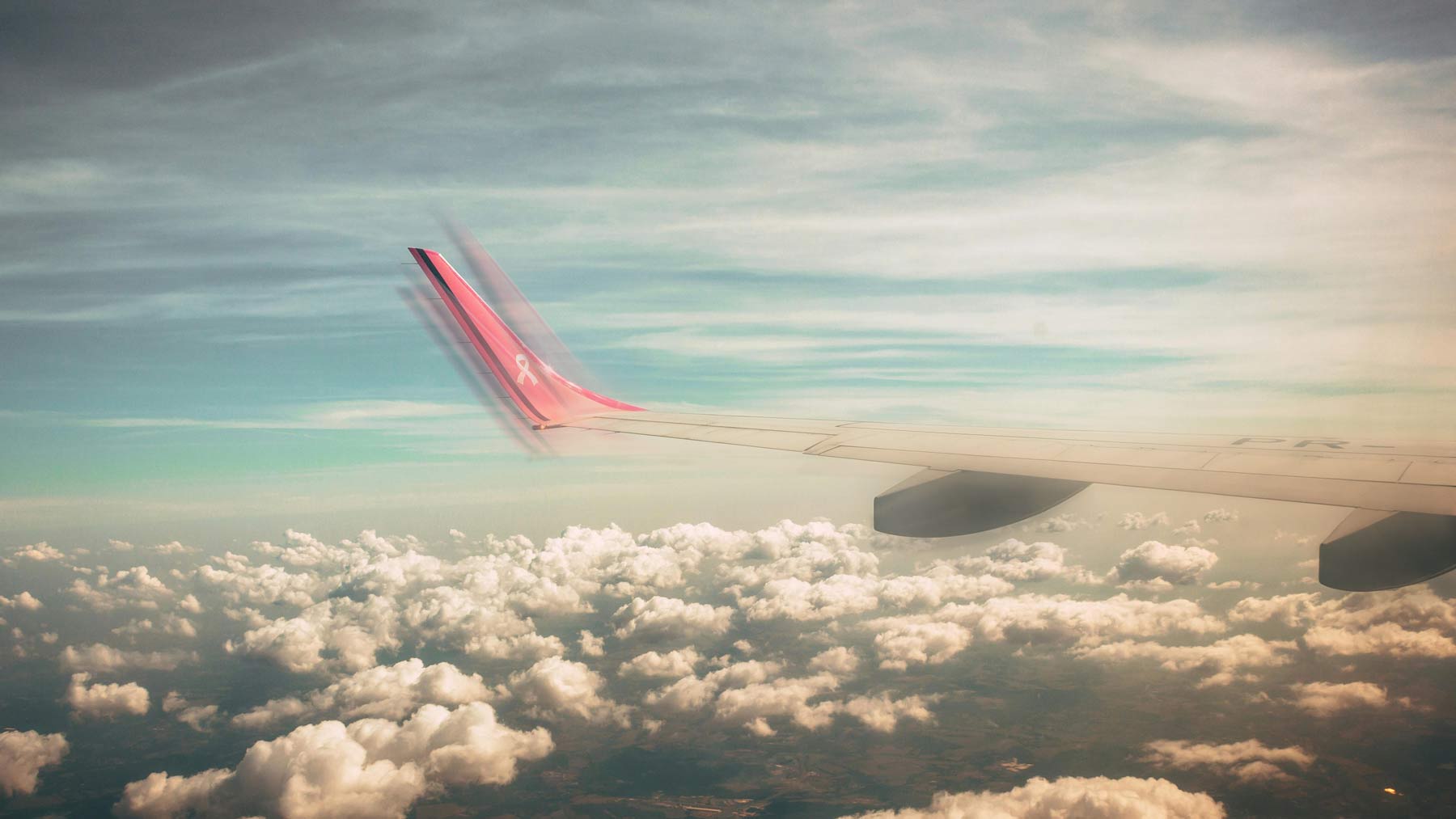The once serene, clear-blue skies are becoming increasingly unpredictable for air travelers. Airplane turbulence, particularly “clear-air turbulence,” is becoming a more frequent and severe hazard, posing significant risks to passengers and aircraft alike. This type of turbulence, invisible to pilots and undetectable by weather radar, can strike suddenly, much like hitting a deep pothole while driving at high speed.
Injuries do occur, sometimes with fatal consequences. A stark reminder of this danger was the mid-air turbulence incident last month, when a Singapore Airlines flight from London encountered severe turbulence, resulting in 83 injured passengers and one fatality.
The frequency and intensity of such turbulent events are on the rise, and atmospheric scientists point to a warming atmosphere as the primary culprit. Paul Williams, a professor of atmospheric science at the University of Reading in the UK, underscores this connection: “We now have strong evidence that turbulence is increasing because of climate change.” His research reveals a 55% increase in severe clear-air turbulence over the North Atlantic since 1979, with similar trends observed over the continental USA.
These findings are based on four decades of atmospheric data, analyzed to identify trends since the advent of modern satellites. The North Atlantic and the United States, home to some of the world’s busiest air travel routes, are experiencing significant increases in turbulence. Looking ahead, the outlook remains concerning. Williams notes, “Our latest future projections indicate a doubling or trebling of severe turbulence in the jet streams in the coming decades, if the climate continues to change as we expect.”
According to the NTSB, from 2009 to 2018, the flight crew had no warning in about 28% of turbulence-related events.
As climate change continues to alter atmospheric conditions, the aviation industry must prepare for an increase in turbulence-related incidents. Enhanced forecasting methods, improved aircraft design, and updated safety protocols will be crucial in mitigating the risks posed by this growing threat.
In the meantime, passengers and crew must remain vigilant, understanding that clear skies do not always guarantee a smooth flight.





